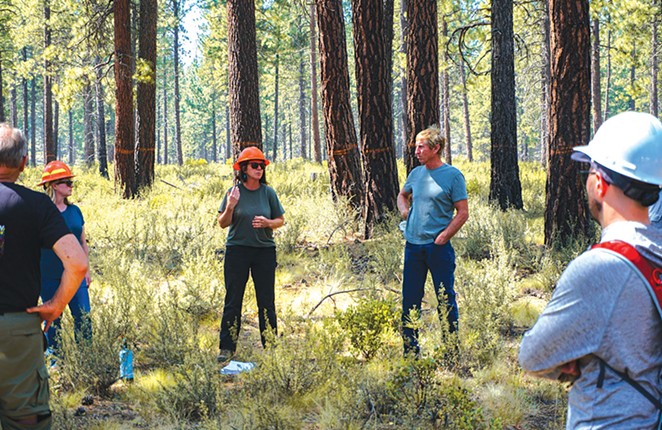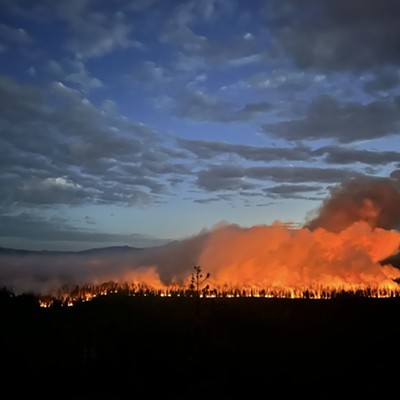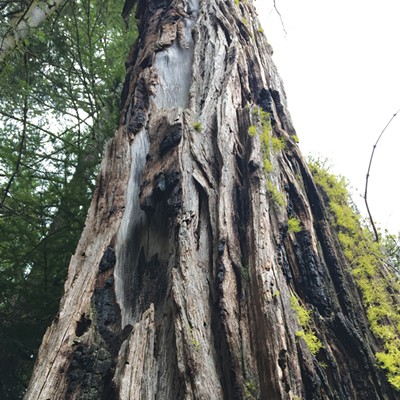A set of popular biking and hiking trails in the west Bend area will see closures as the Deschutes National Forest receives restoration work. The work occurring in areas of the forest will attempt to create healthier ecosystems and reduce the risk of catastrophic wildfire, giving responders a better chance of containing and keeping a fire minimal.
Trail closures began on Oct. 16 for Ben's Trail, Kent's Trail, MTB Trail and Voodoo Trail. Existing closures are still ongoing in other areas and trails in the forest.
The projects aim to protect communities by reducing the severity of wildfires, while also preserving the forest, according to Jaimie Olle with the Deschutes National Forest. The work is happening directly adjacent to the city of Bend, as well as other areas frequented for recreation. Trail closures frequently shift with where work is occurring.
"We try to keep the largest footprints of trails open as possible while still allowing this work to be done safely," Olle told the Source Weekly. "We ask that folks, for their own safety and the safety of the operators, respect these closures."
The Deschutes National Forest is one of 21 landscapes identified in the wildfire crisis strategy in need of increased funding and restoration work. The west Bend vegetation management project has been ongoing for nearly a decade.
The restoration work, which is taking place over 26,000 acres in the area directly adjacent to Bend, will help ecosystem health and will reduce hazardous fuels in the wildland urban interface. The project in place has four phases; thinning, mowing and mastication, prescribed burning and repeated restoration.
Central Oregon forests, according to Olle, have grown unnaturally dense as a result of aggressive fire suppression. Now, Olle said, the longer, hotter summers are putting more stress on the trees, leaving them susceptible to insects, disease and extreme wildfire.
The first phase, thinning, reduces the density of trees, minimizing fuels which can mitigate wildfire spread and encouraging the growth of remaining trees. It also creates a healthier forest, according to Olle, by providing diversity for the forest and its habitats.
Mowing and mastication also lowers fuels, making potential fires easier to contain by keeping them on the ground. Fire is then reintroduced into the ecosystem through prescribed burning. According to Olle, Central Oregon is a fire-dependent ecosystem, so the application of fire in a controlled manner helps maintain and restore the healthy ecosystems that depend on it.

























